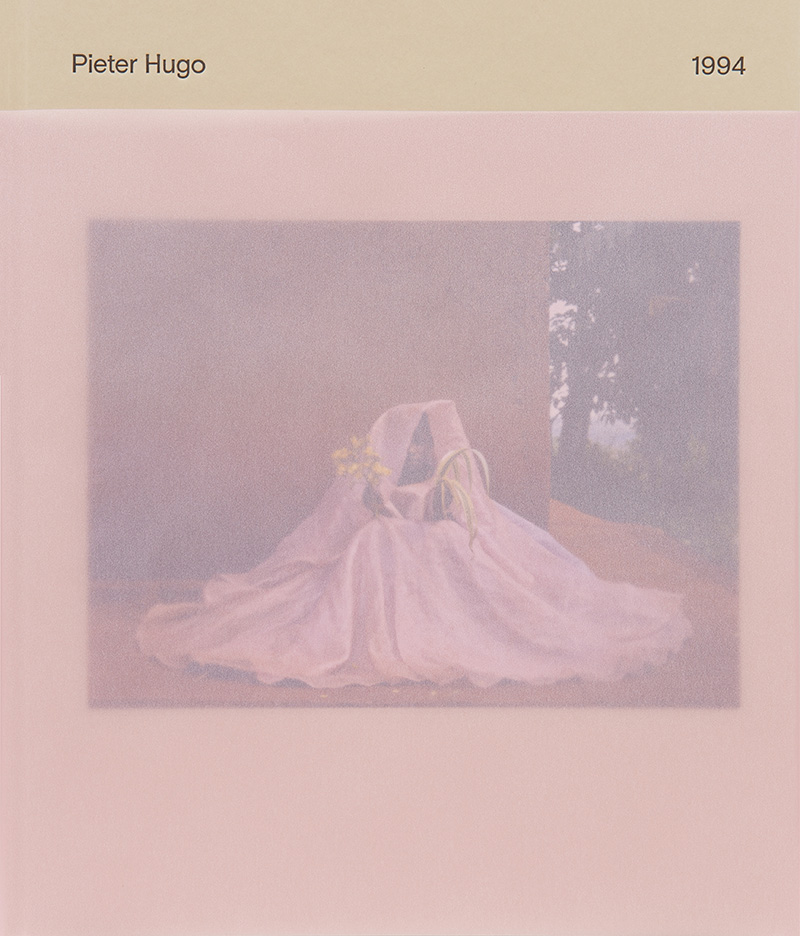
Pieter Hugo
1994
Pieter Hugo's 1994 comprises portraits of children born after 1994 in two countries, South Africa and Rwanda. Major historical events took place in both these countries in 1994, and this series depicts a generation of children growing up in a post-revolutionary era, when the possibility of change was definite while its realisation remains uncertain. Describing this body of work, Hugo says:
I happened to start the work in Rwanda but I’ve been thinking about the year 1994 in relation to both countries over a period of 10 or 20 years. I noticed how the kids, particularly in South Africa, don’t carry the same historical baggage as their parents. I find their engagement with the world to be very refreshing in that they are not burdened by the past, but at the same time you witness them growing up with these liberation narratives that are in some ways fabrications. It’s like you know something they don’t know about the potential failure or shortcomings of these narratives …
Most of the images were taken in villages around Rwanda and South Africa. There’s a thin line between nature being seen as idyllic and as a place where terrible things happen – permeated by genocide, a constantly contested space. Seen as a metaphor, it’s as if the further you leave the city and its systems of control, the more primal things become. At times the children appear conservative, existing in an orderly world; at other times there’s something feral about them, as in Lord of the Flies, a place devoid of rules. This is most noticeable in the Rwanda images where clothes donated from Europe, with particular cultural significations, are transposed into a completely different context.
Being a parent myself has shifted my way of looking at kids dramatically, so there is the challenge of photographing children unsentimentally. The act of photographing a child is so different – and in many ways more difficult – to making a portrait of an adult. The normal power dynamics between photographer and subject are subtly shifted. I searched for children who seemed already to have fully formed personalities. There is an honesty and a forthrightness which cannot otherwise be evoked.
Hugo's images are accompanied by an essay by Ashraf Jamal, who writes:
... [A]fter Nietzsche, I find his images to be human, all too human. Because his subjects are not framed by a prescriptive or projected value, they are never intended as representational or ideological embodiments. Rather, it is the singularity of the being of the subject, dynamically fused with the photographer's being, which returns image-making to its mortal coil.
Published by Prestel | 2016
Hardcover, 92 pages | ISBN 978-3-7913-8273-9 | Price: R780

